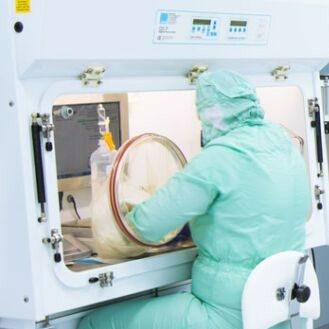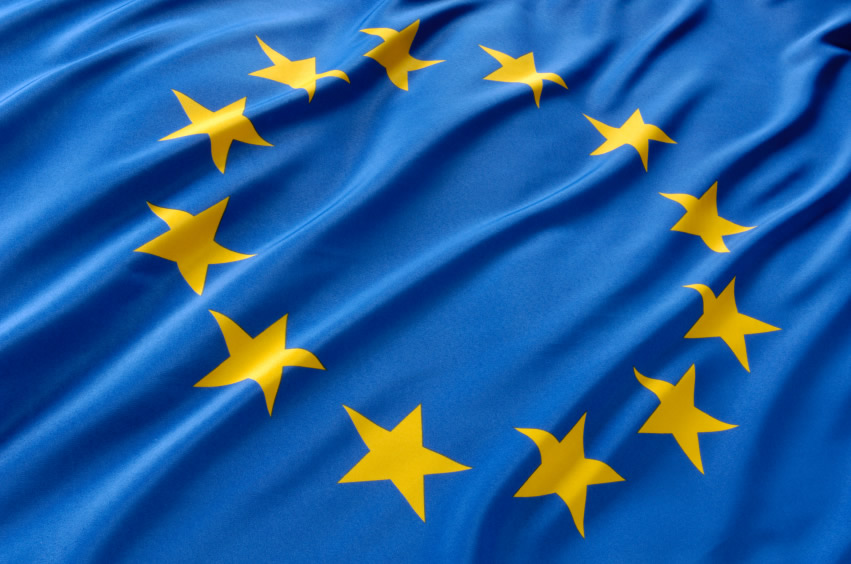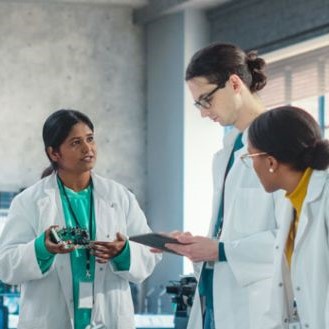
An analysis from the Life Sciences legal team at Hogan Lovells.

An analysis from the Life Sciences legal team at Hogan Lovells.

As regulatory bodies increasingly recognize the richness and value of RWE, particularly in informing the benefit-risk profile of devices from real-world environments, MedTech companies are turning to advanced analytical tools to navigate this new landscape efficiently.

Smridula Hariharan leads a team of medical writers who work on CEPs, CERs, PMS Plan, Post-Market Surveillance Reports, Periodic Safety Update Reports, Post-Market Clinical Follow-up Plan and Reports, for devices spanning a wide range of therapeutic areas. Here, she shares secrets to cost-effective PMCF strategies in the dynamic landscape of the European Medical Device Regulation (MDR).

FDA has finalized its landmark proposed rule that will amend the definition of “in vitro diagnostic (IVD) products” in 21 CFR 809.3 to make explicit that IVDs are medical devices under the Federal Food, Drug, and Cosmetic Act (FDCA), “including when the manufacturer of the IVD is a laboratory.”

This European Medicines Agency (EMA) Question & Answer document provides practical considerations concerning the implementation of the medical devices and the in vitro diagnostic medical devices regulations in the context of combinations of medicinal products with medical devices.

San Diego-based medical tech company, Cue Health, announced Monday that it is laying off its entire staff. Similar industry reports indicate a complete shuttering of operations.

Post-market surveillance plays a critical role in the UK’s medical device regulatory framework. Manufacturers must prioritize establishing a comprehensive PMS system, developing clear and organized PMS plans, and promptly reporting incidents and corrective actions.

Ensuring the safety and efficacy of healthcare products is of utmost importance. The clinical evaluation process of medical devices is vital for demonstrating the device’s safety and performance in accordance with the regulatory requirements. How are device makers navigating this complex process effectively.

If adopted, companies would have additional time—from 2027 to 2029, depending on the type of device—to gain approval under EU IVDR.

510(k) submissions have been a hot topic of late! Before you start your 510k submission make sure you’re aware of the pitfalls. Being responsible for writing and submitting a 510(k) can seem overwhelming – especially when tied to a scheduled product launch or marketing campaign driven by revenue goals. One of the most influential factors to a successful 510(k) submission is strategic planning.